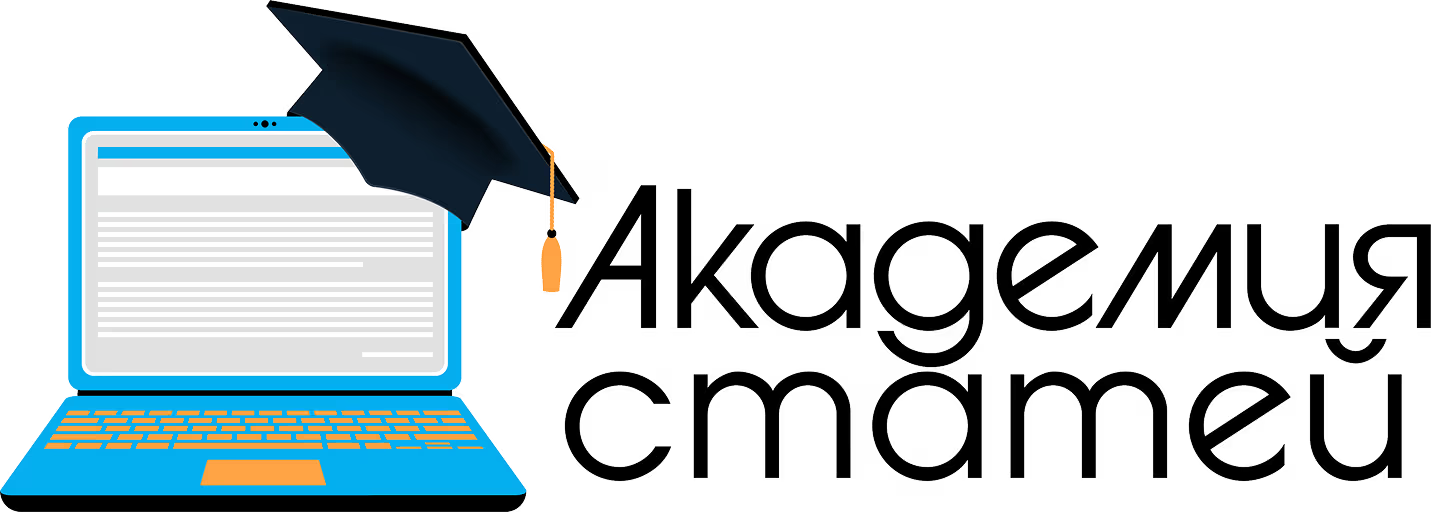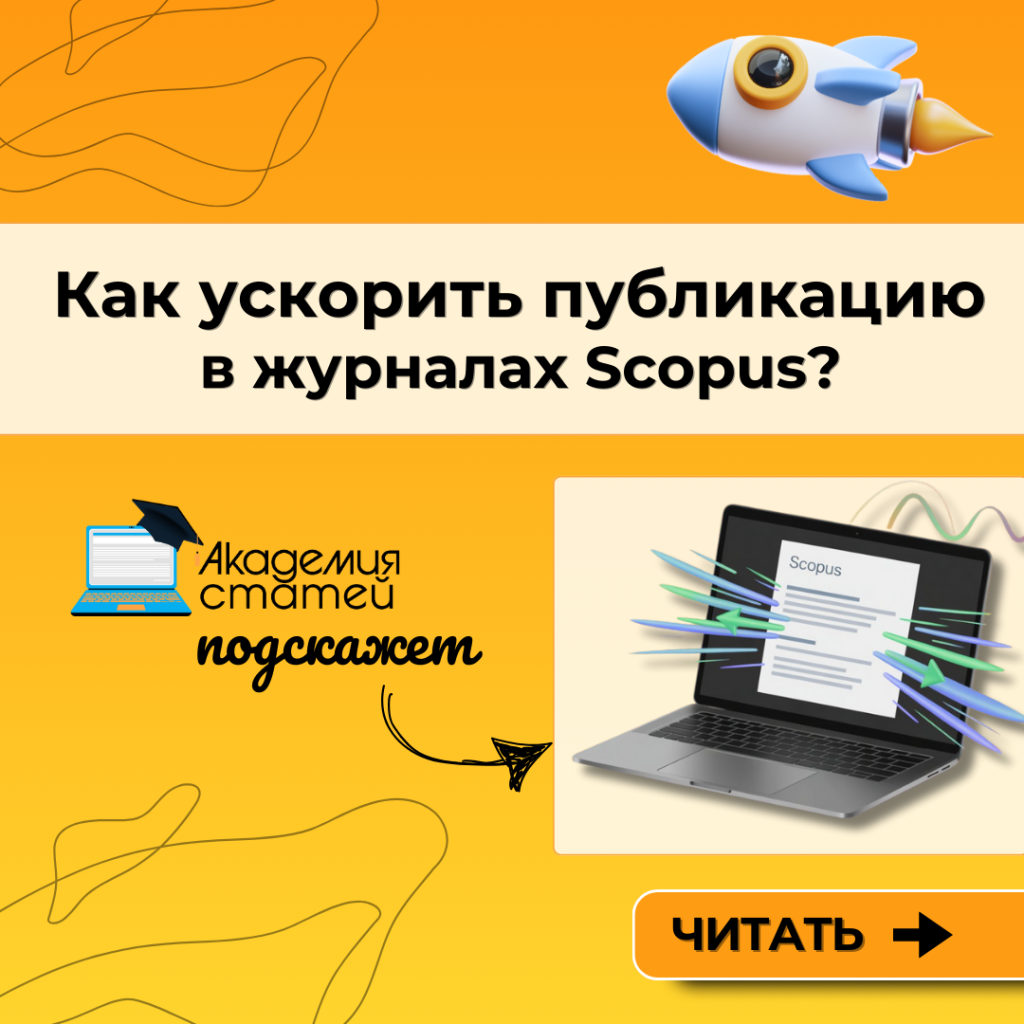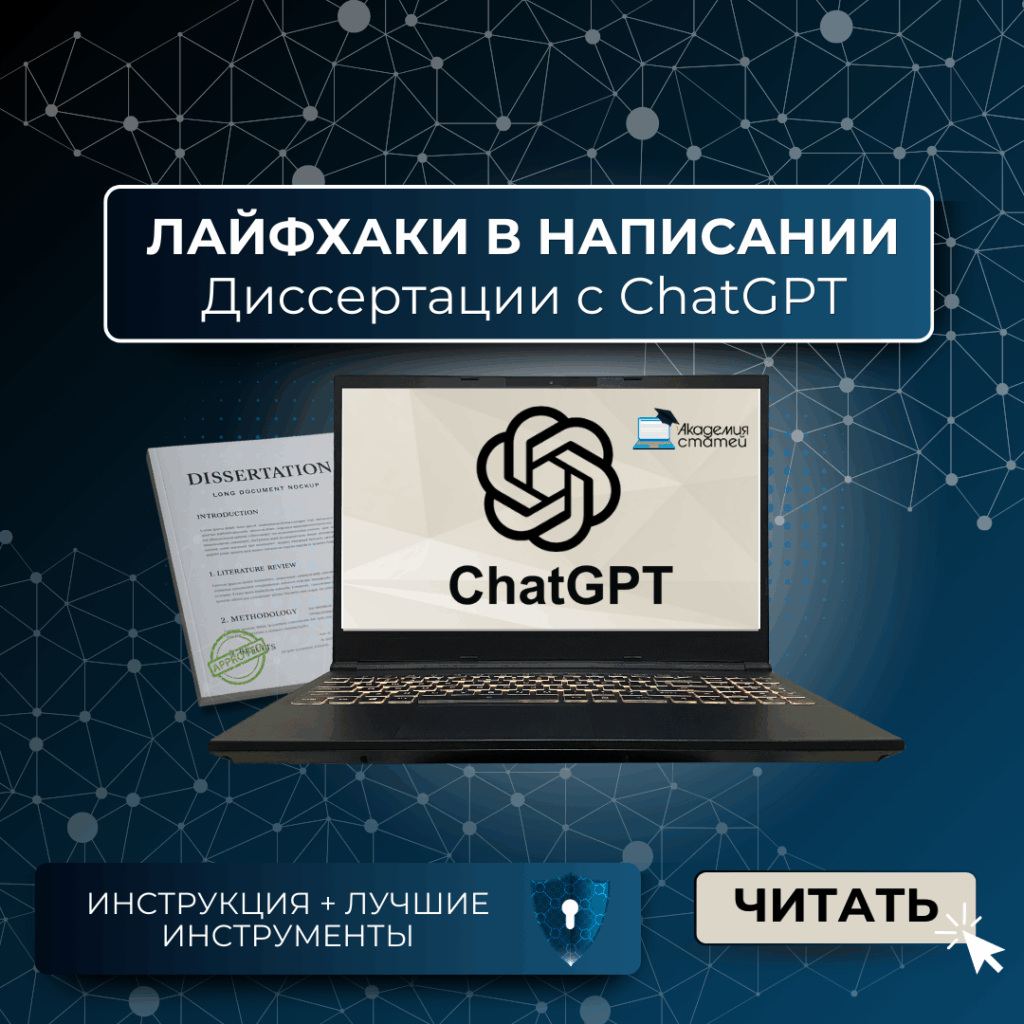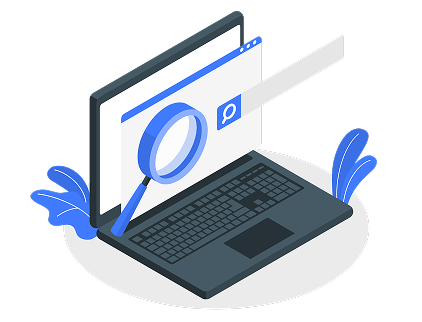In today's scientific world, publishing an article in a Scopus-indexed journal ranked in the Q1 or Q2 quartile is a crucial step in a researcher's career advancement. This is especially true for scientists in the Republic of Kazakhstan, where such publications play a key role in defending dissertations, obtaining academic degrees, participating in grants, and improving the international rankings of universities.
A journal's quartile is often perceived as an indicator of its quality, but is this really the case? In this article, we'll explain how the quartile system in Scopus works, what the Q1 and Q2 designations actually mean, and share practical tips to help researchers more effectively navigate the path to publication in leading scientific journals.
Why are Q1–Q2 articles desirable for a scientific career in Kazakhstan?
In Kazakhstan, publications in Scopus-indexed journals are a key criterion for evaluating research activity. Formally, to obtain a PhD degree, a paper in a journal with a 35% percentile or higher, corresponding to the third quartile (Q3), is sufficient. However, in practice, academic supervisors often insist on publication in Q1–Q2 journals to enhance the academic standing of the work and the university's reputation.
Furthermore, the requirements for awarding an academic title (associate professor, professor) are even stricter: the article must be published in a journal ranked no lower than the second quartile (Q2). Therefore, publication in Q1–Q2 journals is considered not only a prestigious achievement but also a prerequisite for developing a scientific career in the Republic of Kazakhstan.
How does the Scopus quartile system work?
The quartile system in Scopus is This is a ranking system that divides scientific journals into four groups (Q1–Q4) based on their citation impact and influence in a given field. This is determined using specialized metrics such as SJR (SCImago Journal Rank) and CiteScore.
CiteScore Formula:
CiteScore = Total number of citations over the last 3 years / Number of documents published over the same period.
📌 Example:
In 2023, the journal received 1000 citations for articles published in 2019–2022.
During this period, 200 documents were published.
CiteScore = 1000 / 200 = 5.0
The quartile is determined based on the journal's ranking within a particular subject category, comparing its CiteScore with others.
📌 Important: same CiteScore ≠ same quartile
A journal with a CiteScore of 5.0 may belong to different quartiles in different disciplines:
- In pedagogy (where there are generally fewer journals and lower citation rates), a CiteScore of 5.0 may correspond to Q1.
- In computer science (where competition is higher and there are more journals with high metrics), the same indicator can only be achieved by Q2.
This is because a quartile is determined not by its absolute value, but by the journal's position among others within the same category.
The more journals there are, the tougher the competition and the higher the entry threshold into Q1.
How does the Scopus quartile system work?
As you can see, the quartile itself is not a guarantee of quality. It merely reflects a journal's position in its field in terms of citation impact, which can be relative.
Moreover, any journal, under certain conditions, can accumulate a large number of citations (even artificially) and end up in Q1 or Q2. Therefore, the quartile itself does not guarantee a high level of peer review or publication quality.
Why are Q1–Q2 considered prestigious?
The answer is simple: about 80% journals from Q1–Q2 are publications of the world's leading publishers:
Elsevier, Springer Nature, Wiley, Oxford University Press, Taylor & Francis, etc.
These publishers impose strict quality requirements on manuscripts, conduct professional peer review, have strong editorial boards, and a solid scientific reputation. They are the ones who shape the prestige of the Q1–Q2 quartiles as the "elite" of scholarly communication.
Why is it difficult to publish in Q1–Q2 journals?
High competition
Q1–Q2 journals receive thousands of manuscripts from all over the world, but only a small percentage are accepted. The acceptance rate is typically around 5%.Strict requirements for research novelty
An article is expected to offer a unique approach, new data, or in-depth analysis. Duplicated studies lacking originality, even if well-conducted, are often rejected.The advantage of original research
Q1–Q2 prioritize empirical studies over reviews (unless they are high-quality systematic reviews or meta-analyses).Academic English at a native level
Vague or weak language is a reason for rejection already at the preliminary review stage (desk reject).A complex review system
The process can take months or even years, involving several rounds of revisions.Formal requirements
Incorrect formatting of the reference list, abstract structure, research ethics documents, etc. is a common reason for rejection.Financial barrier (sometimes)
Some Q1–Q2 journals operate on an open access basis and require an APC fee of between $1,000 and $4,000.
Lifehacks for publishing in Q1–Q2
Choose a journal based on the level of research
If your research is not groundbreaking, submit it to less demanding publications: MDPI, Frontiers, Walter de Gruyter, university or private presses.Use the journal template
Format violation is a common cause of desk-reject.Only high-quality sources
Original research—around 50 sources. Reviews—from 80 to 150. Use recent (last 3–5 years) and relevant sources.Impeccable English is a must
If the language is weak, they may require editing (300–500 USD). It's better to prepare high-quality work from the start or consult a specialist.Explore the magazine archives
Compare your article with those already published. If it's not up to par, revise it or choose a different journal.Catch the Q4 magazines that are about to grow
Follow the CiteScore Tracker: journals with growth potential until Q2–Q1 offer an opportunity to publish early.
Conclusion:
Publication in Scopus Q1–Q2 journals — It's not just prestige, but an important stage in a scholar's career within the academic system of the Republic of Kazakhstan. It's a pathway to defending a dissertation, participating in international projects, career advancement, and improving the university's ranking.
But this requires investment: financial, intellectual, and time. Competition, demands for originality, English, and formatting—all this makes the path challenging even for experienced scientists.
The main thing to remember:
The quartile is an assessment tool, but not a guarantee of quality.
Publication success is the result of a realistic strategy, careful preparation, and careful journal selection.
Even imperfect studies can be published in Q1–Q2 if you choose the right journal and meet all the requirements.
🔹 Publishing in Q1–Q2 is difficult. But with experts, it's much easier.
👉 Article Academy For over four years, we've been successfully helping scientists publish in top-tier journals—from journal selection to supporting their publication strategy. We simplify complex issues and deliver results.





